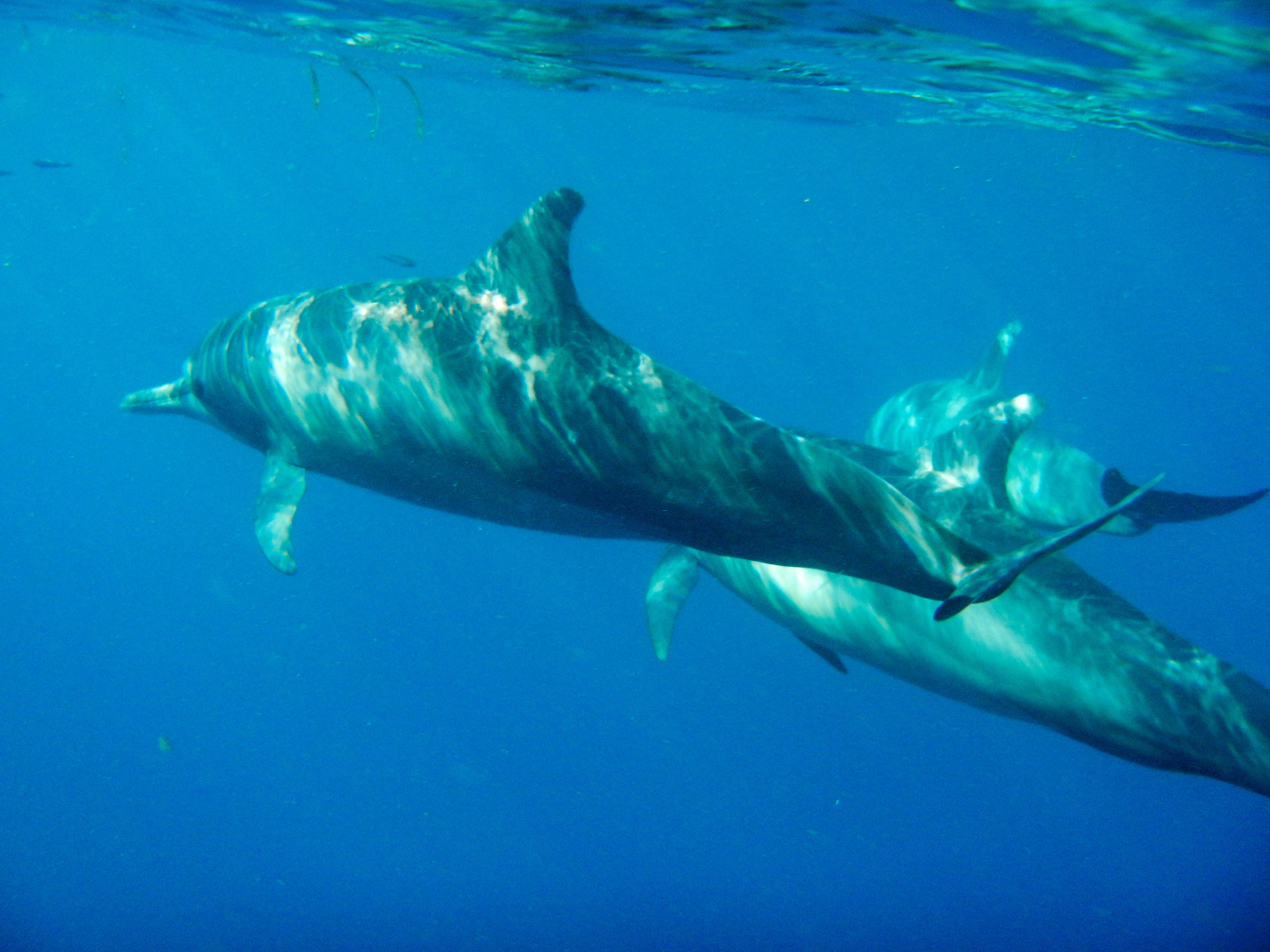DIVING KOKOPO, PNG, JULY 2016
Jak and Corinne Denny
Having dived at several locations in Papua New Guinea in past years and recognising its close proximity to Australia, it seemed an ideal choice for a brief overseas diving excursion. Allways Dive Expeditions advised us that a new dive operation had been established this year at Kokopo in East New Britain.
When the Tavurvur volcano erupted in 1994 inundating Rabaul with metres of volcanic ash, most of the township was re-established fourteen km away at Kokopo.
We were looking for somewhere with a variety of dive opportunities in a leisurely and relaxed location and we were delighted with our choice of Kokopo.
Our travel itinerary had us arriving in Port Moresby after an eighty minutes flight from Cairns. The transfer from international to domestic terminal was a vast improvement from previous experiences and with a brief stop-over, we boarded a flight from Moresby through to Kokopo which took a further eighty minutes.
Rabaul Dive Adventures was conveniently located at the Kokopo Beach Bungalow Resort where we were staying. The dive operation has three boats which are set up for diving and or fishing excursions. During our six-day stay, we used one of the smaller ‘banana’ boats which had provisions for six divers and a crew of three. Such is the nature of this relatively unknown dive location we found that we were the only divers in that vicinity.
A typical dive day involved two morning dives taking advantage of the glassy calm waters. Opportunities also existed for additional afternoon dives, snorkelling and night dives.
The Kokopo / Rabaul region has immediate interest for wreck divers as the harbour served as a significant Japanese World War II site after the Japanese invaded PNG. Subsequent allied aerial attacks on the Japanese naval fleet and other military action has resulted in a significant number of interesting wrecks including ships, planes and army tanks which are accessible to divers.
As well as wrecks, the Kokopo region has many other dive locations including spectacular walls, reefs and muck dives providing a diversity of opportunities for both macro and wide-angle underwater photography. As this area is yet to be fully explored, the dive operators are continuing to find new and interesting dive sites.
During our time at Kokopo, our dive-master, Matthew, and his crew went out of their way to ensure that we experienced as much as possible of what the area had to offer and satisfy any special requests that we had. We were impressed with the dive crew’s knowledge of the history of the wrecks as well as their capacity to find and identify the incredible diversity of marine life.
Amongst the highlights were wreck dives on MV Malis (scuttled in 1985), George's Japanese shipwreck, two World War II military tanks, a night dive on the Takubar wreck and a snorkel dive on a Zero fighter plane. In many cases, these wrecks have now become artificial reefs encrusted with hard and soft corals and sponges and are home to a variety of reef fish, nudibranchs and other invertebrates.
A real treat for us was a trip out to the Duke of York Island. The Heaven’s Gate dive site was located between the main Duke of York Island and the smaller Palipal Island. The boat anchored in three metres of water adjacent to a sheer drop off to about forty metres. We followed the wall initially at thirty metres then progressively made our way along and back up over the top of the reef to the boat. The wall had a diversity of corals including many gorgonian fans, black corals and sea whips. With thirty plus metre visibility, the colours of the numerous soft corals and crinoids even at thirty metres made this an enchanting dive location. The fish species were plentiful with at one stage the visibility being impaired by the vast number of fish, especially red-tooth trigger fish. A couple of silver tip sharks were sighted out in the blue. Along the wall there were several caverns where investigation with our lights revealed numerous opportunities for macro photography.
The grey volcanic sands in and around Rabaul provide an ideal location for muck diving. During our time at Kokopo, we spent several hours at different locations searching for interesting critters including four species of lionfish, nudibranchs, sea moths, banded kraits, cowries, coneshells, seahorses, flatheads and flounders.
Our time at Kokopo corresponded to the annual Mask Festival. One of the highlights was an evening visit to the Baining Firedancing in the highlands. Local natives in traditional costumes wearing large elaborate masks dance around a large fire culminating with running through the red hot ashes.
On our last day at Kokopo we spent time snorkelling with spinner dolphins. Hundreds of these dolphins gather every dawn in a sheltered bay near the township. The dive boat was rigged with net ladders on the bow and starboard sides to enable snorkelers to be towed by the boat through the water with the dolphins playing in the wake. This enabled us to photograph the dolphins at very close range for over half an hour - a fabulous experience.
Our sojourn to Kokopo proved to be most enjoyable. Not only did the location provide a rich source of great diving, but the personnel involved in both dive operation and the resort are to be commended for ensuring that our stay in PNG was everything that we could have hoped for.














